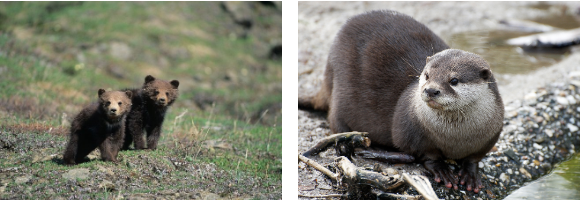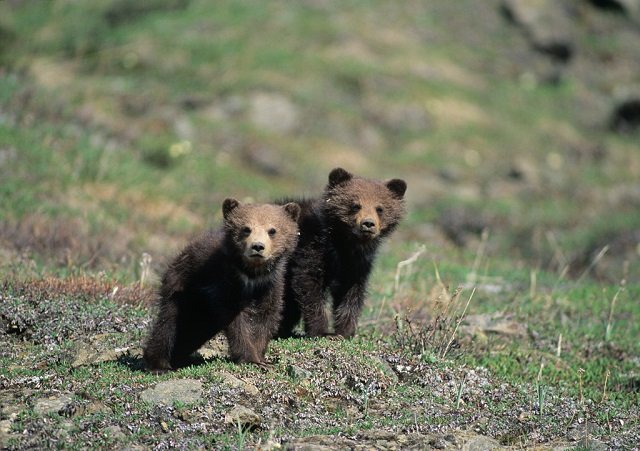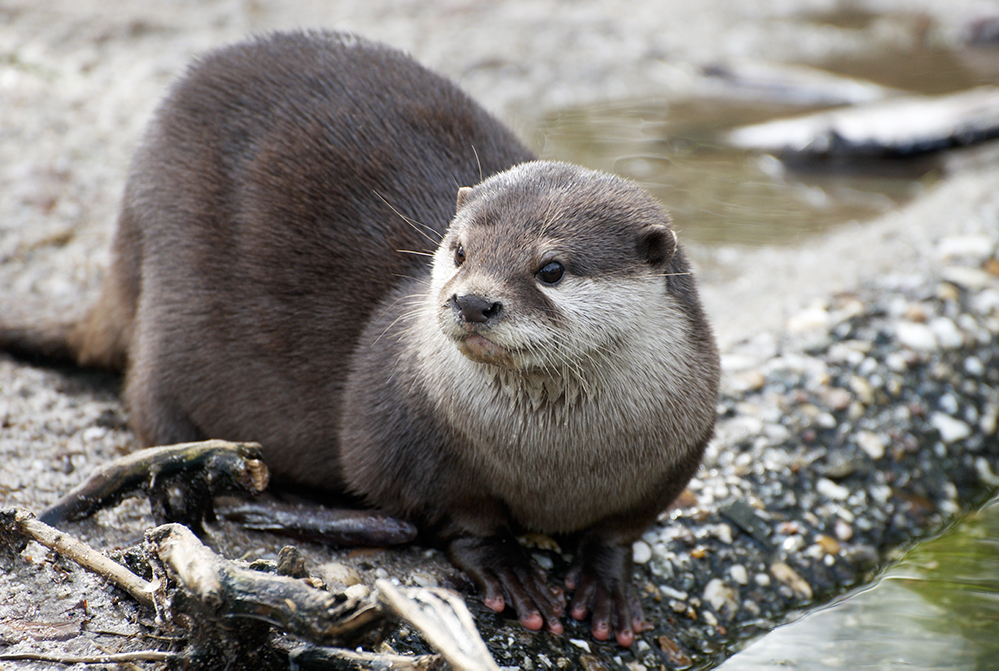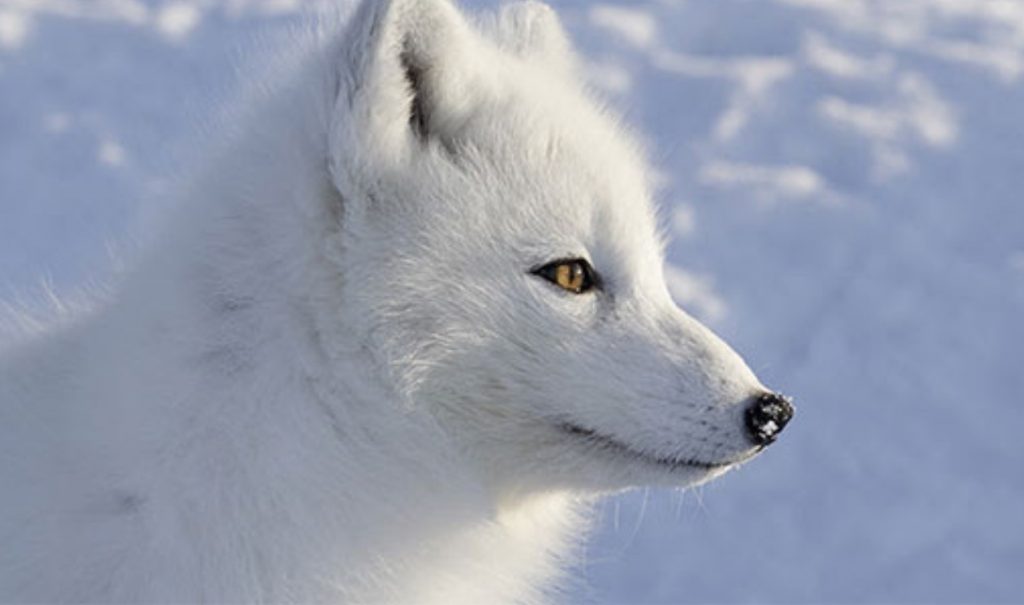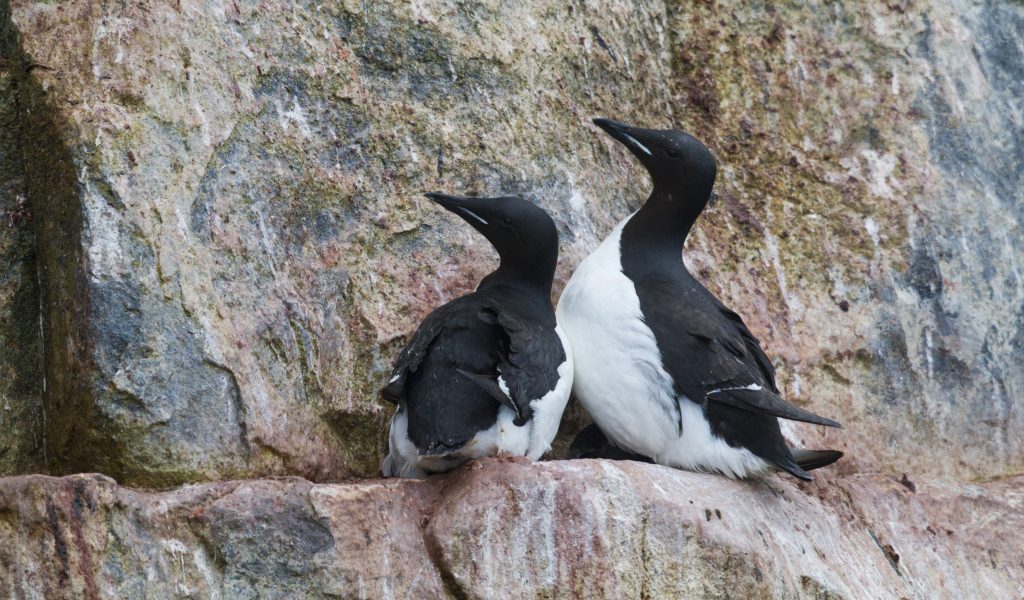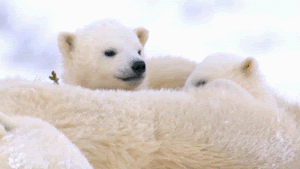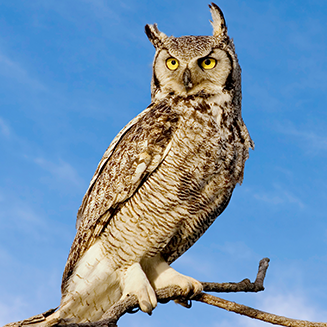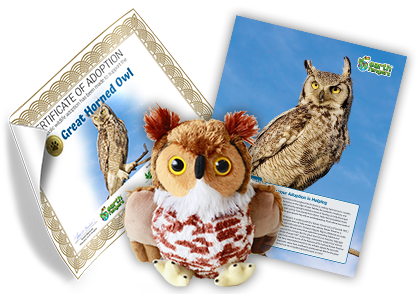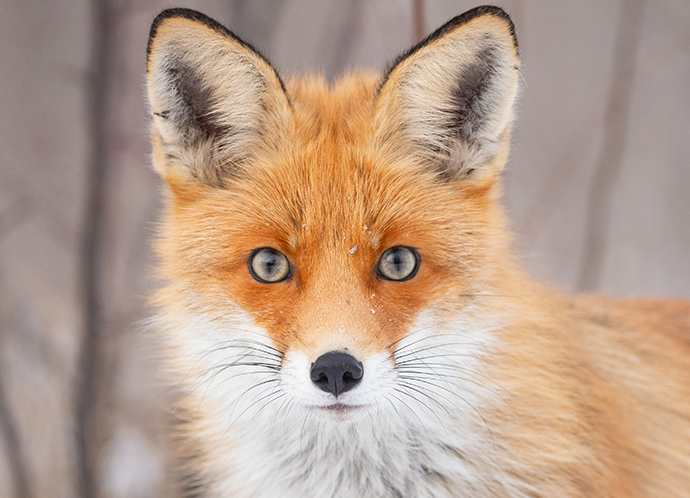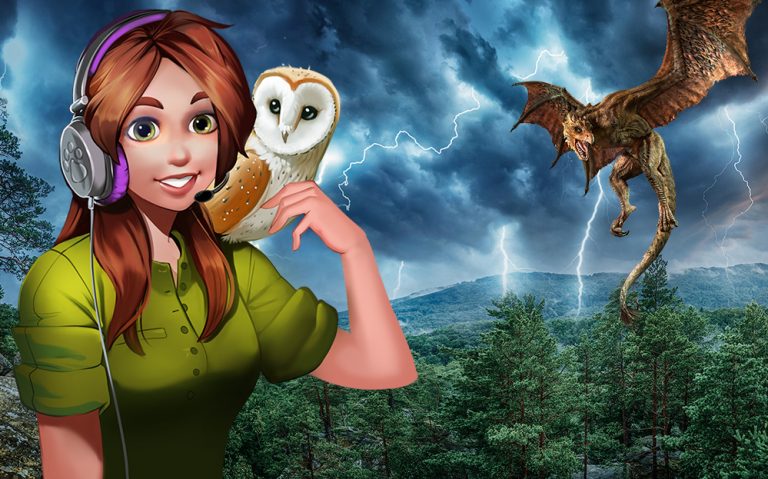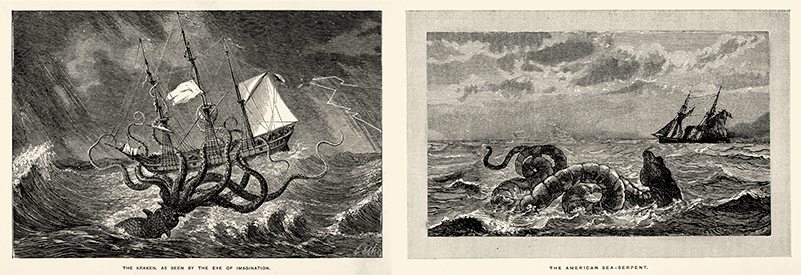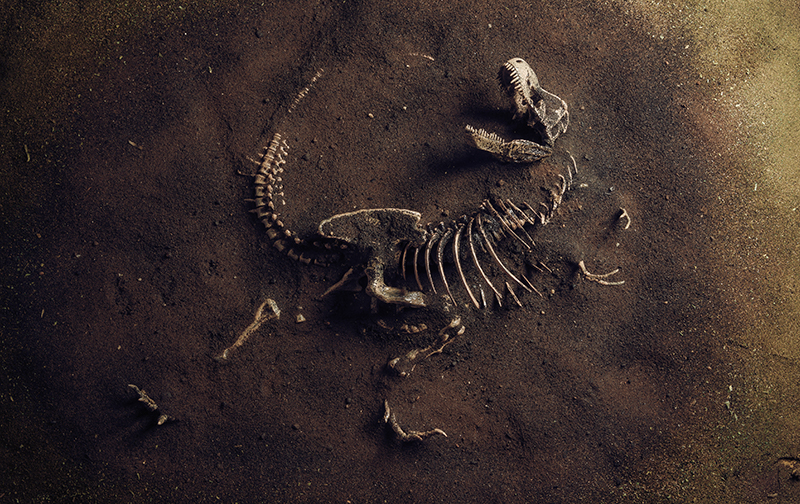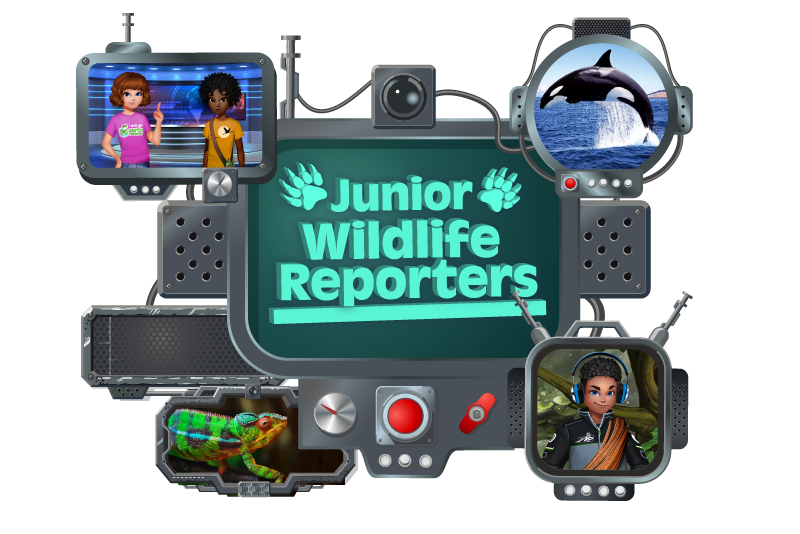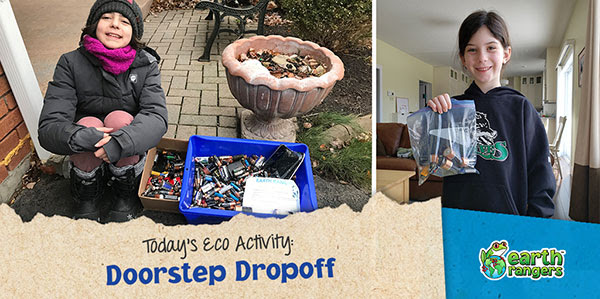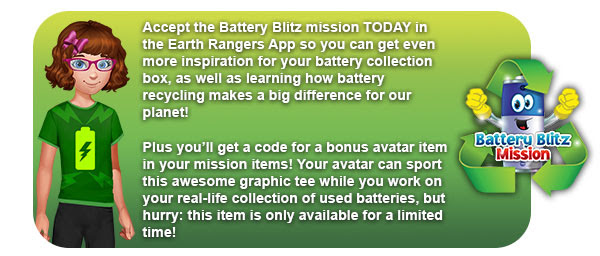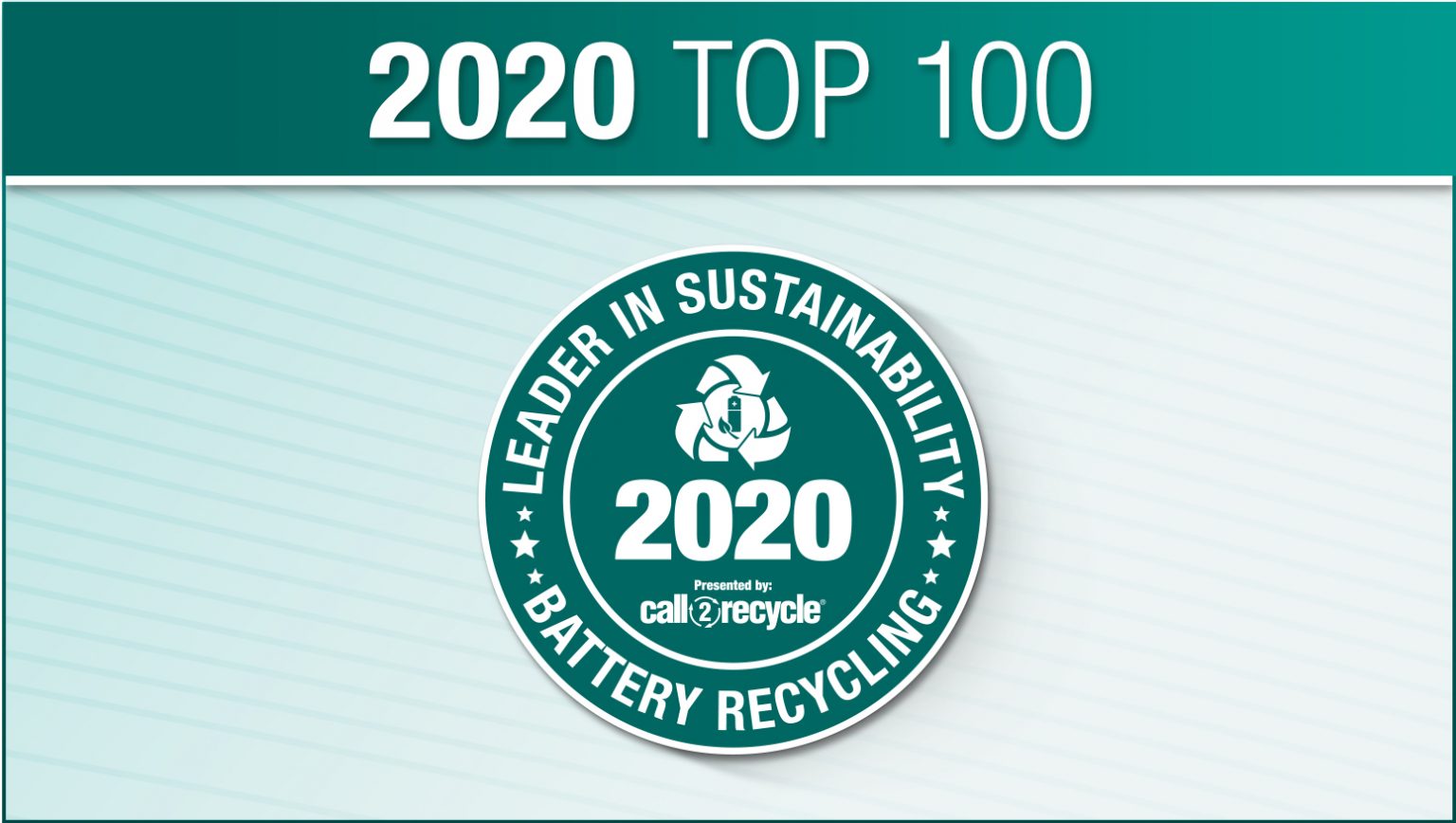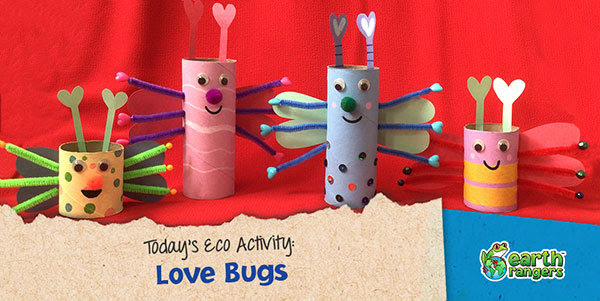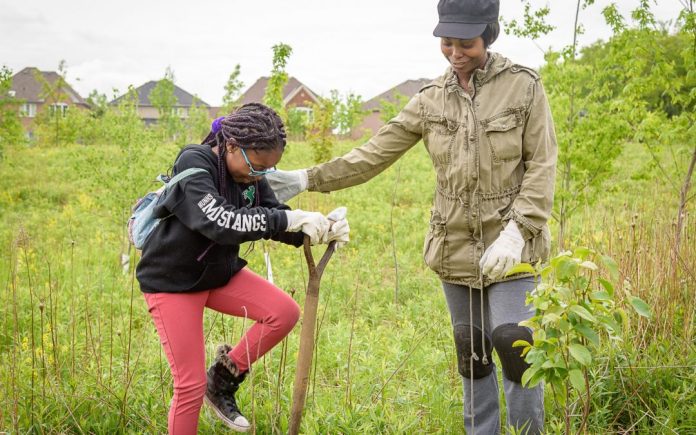This past year Earth Rangers partnered with Wildlife Conservation Society Canada on two amazing projects helping two amazing animals: Grizzly Bears and River Otters!
Thanks to the support of over a THOUSAND Earth Rangers, you raised almost $30,000! Researchers Don and Chrystal had this special message:
“Hello Earth Rangers!
We want to thank you all so much for your love of wild animals and your enthusiasm for nature. We know that you all care about these things because you are so dedicated to being Earth Rangers and you are so curious. Caring really matters. That’s how you find the energy and determination to help nature. When we, as scientists, are out in nature studying otters and grizzly bears, we think of all the help you have given us to keep our projects going, and we smile as we remember the fun times we had talking to all of you. Thanks again, and keep on caring!
Don (River Otter Project) and Chrystal (Grizzly Bear Project) “
High five Earth Rangers, keep up the good work 🙂
The Grizzly Bear Project was generously supported by:



